Ready For Japan! Vol. 3 - Top 8 Japanese Movies To Watch At Home

Travel to Japan without leaving home––through film! This article introduces eight classic Japanese movies, including the animated "Spirited Away" and the prize-winning "Our Little Sister." These films introduce Japan's scenery and culture and will have viewers feeling like they're there themselves.
Japanese Films: Travel through Japan with Cinema
Movies are a unique form of entertainment that allows you to explore new worlds without ever having to leave the comfort of your own home!
Before visiting Japan, it is highly recommended to Japanese movies that highlight authentic scenery and culture to get more excited about your trip.
For Ready For Japan! Volume 3, we've assembled a collection of popular Japanese films available on various streaming services. We also introduce the locations in Japan that appear in the selected films.
Since many of our picks are classics, you might have already watched some. But these are the kinds of movies you re-watch to make new discoveries with each screening. Do check out the films you haven't seen yet!
*The date listed after each movie title is when the film debuted in Japan.
Read also:
1. Spirited Away (2001)

Sekizenkan Ryokan in Shima Onsen Resort, Gunma Prefecture is said to be one of the models for the movie's public bathhouse. Photo by Pixta
"Spirited Away" is one of Japan's leading animation movies, directed by world-renowned Hayao Miyazaki.
Chihiro, the protagonist, is a modern-day, spoiled little girl. One day, when she and her parents are in the process of moving to their new house, they accidentally wander into a mysterious world. Soon, both of her parents turn into pigs. To survive, Chihiro must work for a greedy old witch named Yubaba.
The young protagonist's workplace is an onsen ryokan, where a myriad of Shinto gods come to soak in the hot springs. When viewers see the scenes featuring the lavish atmosphere of this inn, many will yearn for a visit.
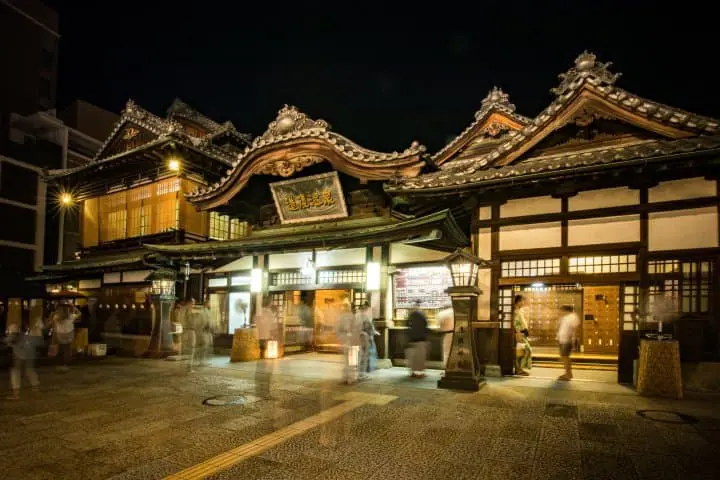
Dogo Onsen, Ehime Prefecture. Photo by Pixta
Although no specific hot spring resort has officially been confirmed as the model for the movie, there appear to be several places in Japan that inspired the bathhouse's setting.
One of those is Ehime Prefecture's Dogo Onsen. It's said to be Japan's oldest hot spring. After its initial construction in 1894, it underwent a series of additions and renovations, resulting in the three-tiered building standing here today.
Another possible model is Sekizenkan Ryokan (traditional-style Japanese inn) in Shima Onsen Resort, Gunma Prefecture. It has a pedestrian bridge with vermillion-painted handrails, which is reminiscent of the iconic building in the movie. Sekizenkan was built in 1691 and is said to be the oldest existing hot spring inn in Japan.
On the Studio Ghibli official homepage (Japanese), it also mentions that Tokyo's Edo-Tokyo Open Air Architectural Museum was one place that inspired the film crew.
Hotels near Dogo Onsen Main Building
2. From Up On Poppy Hill (2011)

The Old Yagishita House in Yokohama is said to be the model for the main character's home. Photo by Pixta
"From Up On Poppy Hill" is one of Ghibli's more unusual films because it uses factual places and dates in the story.
The movie is set in Yokohama in 1963, which is the year before the Tokyo Olympics. The Tokaido Shinkansen Line is about to commence service, and there's a construction boom underway. It's also a period of rapid economic growth that help revitalize post-war Japan. The film takes place during this turning point in Japanese history.
At a Yokohama high school, plans are underway to demolish the school's outdated clubhouse called the "Karucheratan" (or "the Latin Quarter of Paris"). Part of the story revolves around the students' struggle to stop this demolition from happening.
The high school and events aren't modeled after actual locations or incidents. However, the atmosphere of the port town and the cultural flavor of the students' clubhouse will have movie-goers feeling nostalgic.

Yamashita Park and Hikawa Maru. Photo by Pixta
In the movie's second half, there's a scene where the main characters, Kazama and Umi, are walking beside the sea. The setting is actually Yokohama's Yamashita Park. The massive ship anchored in the harbor is the Hikawa Maru, one of the port town's important landmarks.
If you stroll through this area, you'll feel like you've stepped onto the set of this movie.
By the way, there's a scene showing office workers talking to each other in Tokyo's Shinbashi area. A line from the dialogue goes, "When it comes to anpan (*1), Kimuraya is the place!" Here, they are referring to Ginza's long-established bakery, Kimuraya.
*1 Anpan: a Japanese sweet, consisting of bread filled with red bean paste.
Hotels near Yamashita Park
3. Our Little Sister (2015)

Gokurakuji Station (Kanagawa Prefecture) is near the town where the four sisters live. Photo by Pixta
Similar to "From Up On Poppy Hill," "Our Little Sister" ("Umimachi Diary") is a movie that allows viewers to feel the presence of the ocean. "Our Little Sister" is set in a traditional Japanese home in Kamakura, a city also near the sea.
The story focuses on three sisters and their younger half-sister, who decides to live with her older siblings and deepens their relationship in the process.
During the movie, scenes of Kamakura's lush greenery, Enoden (Enoshima Electric Railway), and sightseeing spots, such as Enoshima, all make an appearance. It will have you wanting to go for a stroll in the historical, charming seaside city.
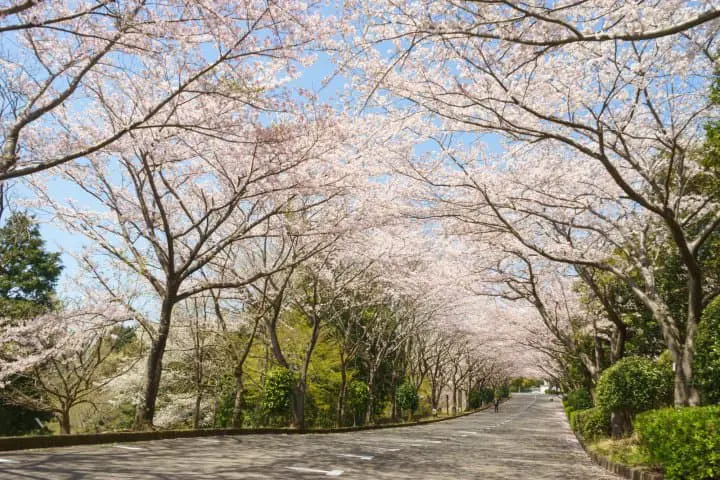
Ashitaka Park, Shizuoka Prefecture. Photo by Pixta
There's also a beautiful and memorable scene where the youngest sister, Suzu, rides tandem with one of her sisters on a bike. There, they peddle along a street lined with cherry trees in full bloom.
However, the filming location is not in Kamakura, but rather Ashitaka Park in Shizuoka Prefecture's Numazu City.
Read also
4. Tanpopo (1985)

Picture from 30 Great Tokyo Ramen Shops Selected By A Ramen Expert
"Tanpopo" is a movie by Juzo Itami, a Japanese director who was active in the 1980s and 1990s.
By an unexpected turn of events, a male truck driver is asked by a woman to help rescue her failing ramen shop. It's a movie with comedic overtones, featuring the struggles facing the truck driver and restaurant owner in their attempts to turn her business around.
The movie is sprinkled with short episodes that aren't directly related to the main story. However, these vignettes and the main narrative are all tied together by a food theme.
Rather than the film's setting, the mouthwatering food that appears on the screen is what captures the viewer's attention.

Photo by Pixta
Through trial and error, the main characters are trying to improve the flavors of the classic shoyu ramen (soy sauce-based soup). These light, refreshing noodles are especially popular in Tokyo. It's also very simple and the most common variety of ramen. This simplicity is portrayed in the movie as having a certain profoundness.
At the beginning of the film, there's a scene where an older gentleman is speaking rather eloquently to a young man about the fine art of eating ramen.
Some MATCHA readers may be unfamiliar with the noodle varieties or how to order a bowl when visiting a ramen shop. If that's the case, please refer to the following articles below.
Read also
5. Your Name (2016)

The stairs at Suga Shrine in Tokyo's Yotsuya neighborhood. Photo by Pixta
After opening in theaters in 2016, "Your Name" went from a smash-hit to a social phenomenon.
Mitsuha, the main character, is a high school student living in a small town deep in the mountains. She has hopes of one day moving to the big city. One evening, the female protagonist has a dream where she's a boy living in Tokyo.
Meanwhile, there's a high school student in Tokyo named Taki. One night, he dreams that's he's a girl living in the countryside—a place he's never been to before.
Despite never meeting each other, the two protagonists continue to have these recurring dreams. Then, one day, both of them come to the realization that maybe their bodies have been switched.

Photo of Hida-Furukawa Station courtesy of Take The “Your Name” Tour! Enjoy Yourself In Hida Furukawa, Gifu
Gifu Prefecture's Hida City serves as the model for the town where the heroine Mitsuha lives. It's become a must-visit spot for anime fans, who continue to make pilgrimages here in huge numbers.
The movie also depicts Tokyo, where Taki lives, with realistic images of the Shinjuku area. One of the movie's key scenes is the stairs at Suga Shrine in Tokyo's Yotsuya neighborhood. The real-life location looks exactly like the scene in the movie. This is one place you should go and check out!
Read also
6. Jiro Dreams of Sushi (2011)

A plate of sushi. Photo by Pixta
When in Japan, you need to try eating at a high-end sushi restaurant at least once. One such place is Sukiyabashi Jiro. Located in Tokyo's Ginza area, it is considered to be one of Japan's top places for sushi. In 2014, the former American President Barack Obama even stopped in for dinner.
"Jiro Dreams of Sushi" is a documentary film that follows chef-owner Jiro Ono, who has received three Michelin stars for 12 consecutive years. Jiro, who carries out his daily work routine with a highly professional attitude, and his crew of "itamae" (sushi chefs) are all portrayed with a soft touch.
If you decide to eat sushi after watching this film, it will taste exponentially more delicious!
7. Paprika (2006)

A scene of Tokyo featured in "Paprika." Photo by Pixta
The line between fantasy and reality is blurred in the animated film "Paprika."
The main character is Atsuko Chiba, an employee of a psychiatric research center who also works as a psychotherapist. "Paprika" is her alter-ego's name.
Atsuko and her co-worker, Dr. Tokita, are developing a new kind of treatment in which therapists can help patients by entering their dreams. The two develop a device called the "DC Mini" to infiltrate the dreamworlds. However, one day, the DC Mini is stolen and starts being misused. Eventually, dreams start to influence the real world. A dramatic battle, mixing dreams and reality, begins to ensue.

Japanese-style charms that appear in the movie Paprika
Throughout the movie various objects appear in these richly-colored dreams, scattered about like an overturned toy box. They include Japanese dolls, daruma, torii, the seven gods of good fortune, and maneki neko.
High school girls and political elections also make an appearance. The details of these quintessential Japanese imageries put in by film director, Satoshi Kon, create a mystical dream world.
Susumu Hirasawa's epic music score is also a perfect fit for this film. As a result, movie-goers will feel themselves getting drawn into this fantasy. As the borderline between the impossible and reality becomes vague and blurred, viewers will begin wondering what it is they're seeing.
Curious and strange, this is a profound piece of work that will have you hooked.
8. Tokyo Story (1953)

The streetscapes of Onomichi City, Hiroshima Prefecture. Photo by Pixta
One of Japan's most celebrated film directors, Yasujiro Ozu, is perhaps best-known for his masterpiece "Tokyo Story."
In this movie, an elderly couple living in Hiroshima's Onomichi City decide to go and see their children living in Tokyo. The kids, who now have families of their own, first welcome their parents with open arms. But as time passes, they begin to see their parents' visit as a nuisance and burden. The parents soon come to realize the situation they are in. No longer feeling comfortable, they decide to shorten their trip and return home.
The feelings and mood of the characters in the film are portrayed in a delicate and refined manner. "Tokyo StorY" is a masterpiece that will move the audience.

The Yasujiro Ozu Memorial House (Mugeiso) in Nagano Prefecture. His screenplays were written here. Photo by Pixta
Yasujiro Ozu was known as a stickler for detail and adamant about doing things a certain way throughout the filming process. For example, he would want the dishes, drinks in the glass, and other objects on the kitchen table to all be the same height. He was particular about these details, even though most viewers don't notice.
He was also a perfectionist, and every scene required many takes. One well-known anecdote recalls when Ozu finally approved a scene, the actor eventually stood up and steam rose from the zabuton (floor cushion).
Let's Watch Japanese Movies at Home!
In this article, we introduced just a small fraction of the many movies that will give you a sense of Japan. Watch some of these Japanese films and get inspired for learning more about Japan.
Read also
Main image by Pixta
Receive MATCHA's Newsletter: Click here to Subscribe
Download the MATCHA app for Japan travel: Apple Store | Google Play Store
MATCHA Editer.





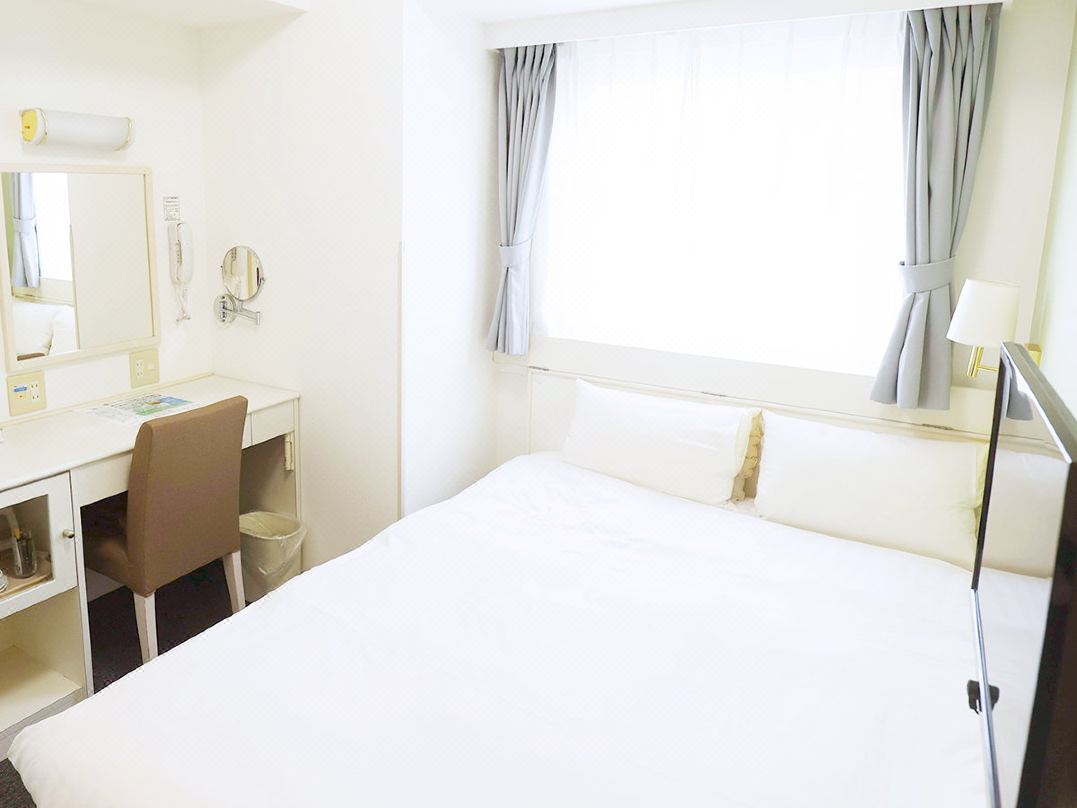



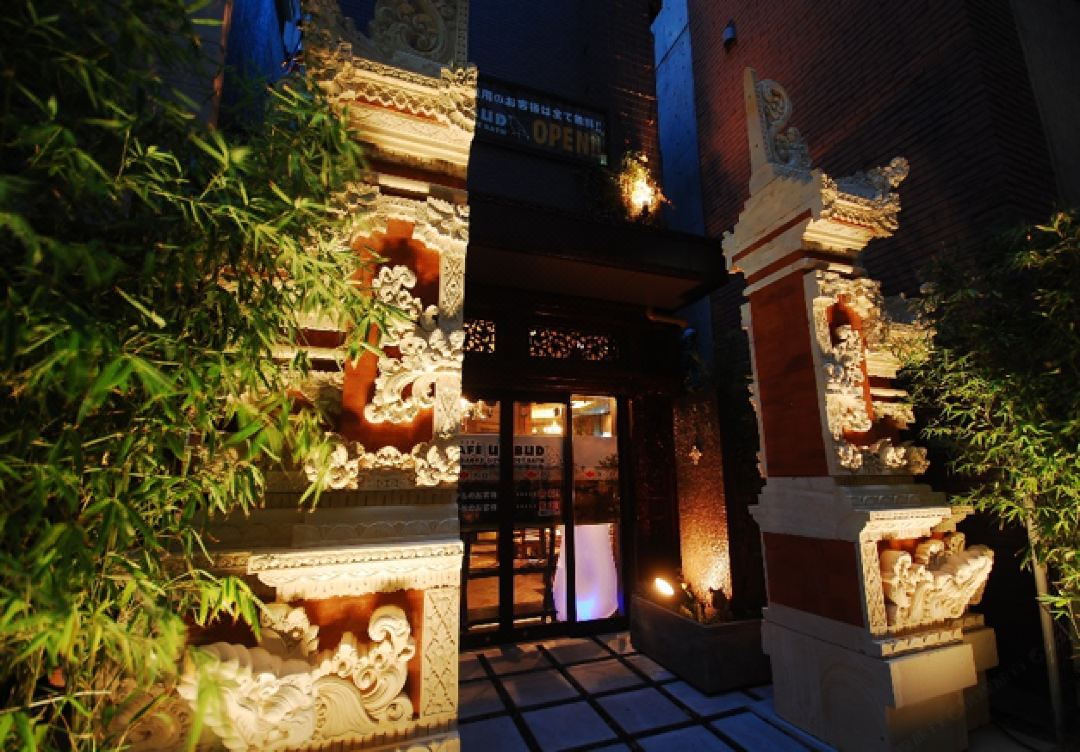
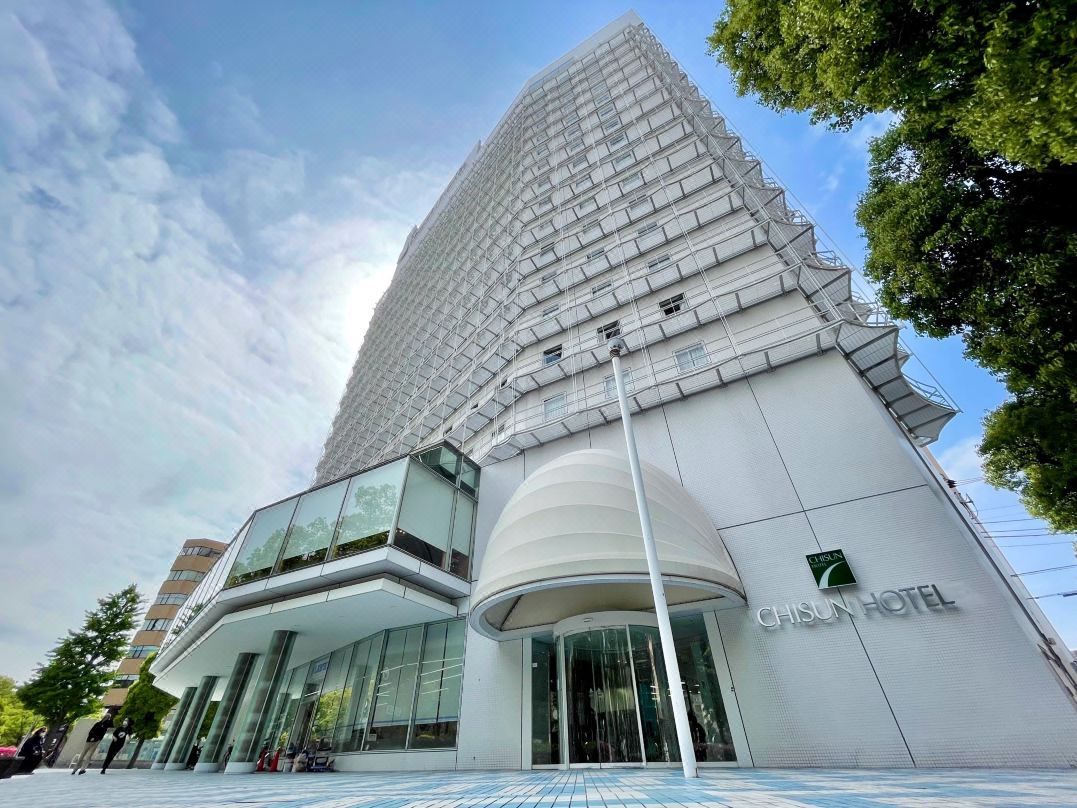
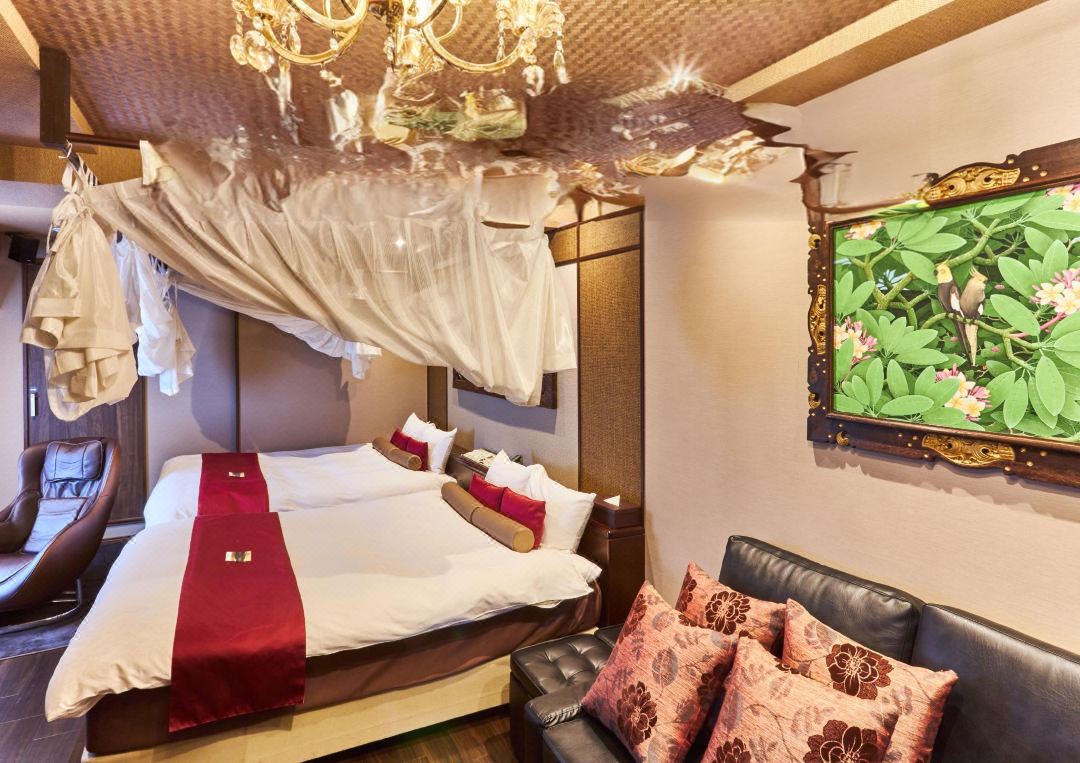

















































![[2026] Top 5 Strawberry Picking Spots in Tokushima, Naruto| Farms and Access Guide for January to May](https://resources.matcha-jp.com/resize/720x2000/2025/03/06-227165.webp)



